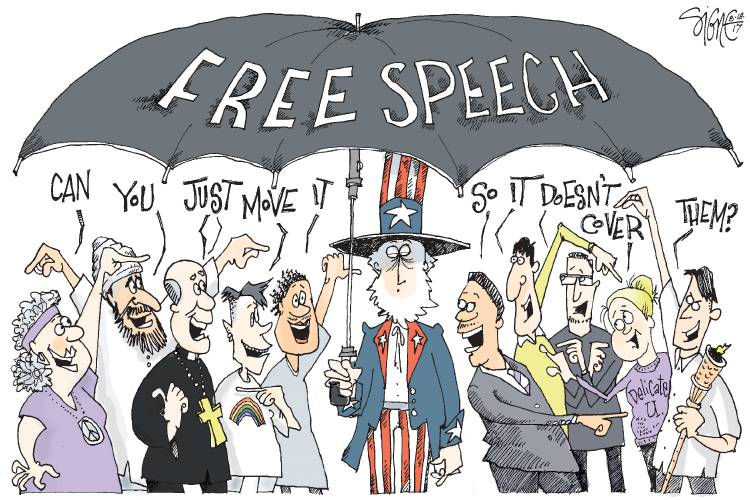Can American Libel Law Stand the Test of Time?
- laurmoore1229
- Jul 7, 2021
- 2 min read
This week, we learned about the ins and outs of American Libel Law.

New York Times v. Sullivan 1964
In 1964, during the height of the Civil Rights Movement, the New York Times faced many attacks from people opposing the movement to try and dismantle and bankrupt the NYT. During this year, the NYT faced allegations of publishing articles with many factual inaccuracies about an incident that happened that led to the arrest of ministers such as Dr. Martin Luther King Jr. The Public Safety Health Commissioner felt personally attacked in the ad, even though his name was not literally mentioned in the ad posted, and he requested the ad be taken down due to inaccurate information.
When the Times refused and claimed that they were puzzled by the request, Sullivan filed a libel action against the Times and a group of African American ministers mentioned in the ad. A jury in state court awarded him $500,000 in damages.
Due to this decision, the precedent was set for other libel cases in America.There were seven distinct legal innovations of this case:
Constitutionalized libel law
Buried Seditious Libel
Created “public official” plaintiff category (as opposed to private person)
Ended strict liability standard of fault
Created “actual malice” standard of fault (as opposed to negligence)
Knowledge of falsity or reckless disregard for the truth
Negligence: Failure to take ordinary or reasonable care
Affirmed TRUTH as an absolute defense
It also paved the way for the Virginia Board of Pharmacy Case discussed in the previous post
Later on, in 1990 in the Milkoch v Lorraine Journal case, two types of opinion under the First Amendment became protected:
Hyperbole, name calling, fanciful insults, statements so outrageous no reasonable person would believe them (hate speech) (Hustler v Falwell)
Vague evaluations that can’t be proved to be true or false
Six Essential Elements
During this week, the class was exposed to six essential elements needed to have a libel case. These elements are distinct and important in their own ways for proving a case.
Defamatory content: is it libel per se?
4 categories:
illegal activity
professional incompetence
moral failing
communicable disease.
Identification: 3rd party recognition
Publication: made public, broadly defined
Fault: no liability without fault
Injury: to reputation
Complete falsity
Current News
When preparing my reflection, I decided to first look at the current news about libel in America, as this concept has been under heavy fire for the past couple of years. In a recent New York Times article, it was revealed that two justices recently called for the Supreme Court to reconsider the decision made in the New York Times v Sullivan case. These two justices, Justice Clarence Thomas and Justice Neil M. Gorsuch, called for this reassessment after the Supreme Court refused to take up a recent libel case. These justices quoted the recent influx of the modern media news landscape that did not exist when this decision was made.
It is becoming increasingly more important to pay attention to the news and what our government is doing, because, in the end, this will all affect us directly and we need to know the implications of a libel case.



Comments